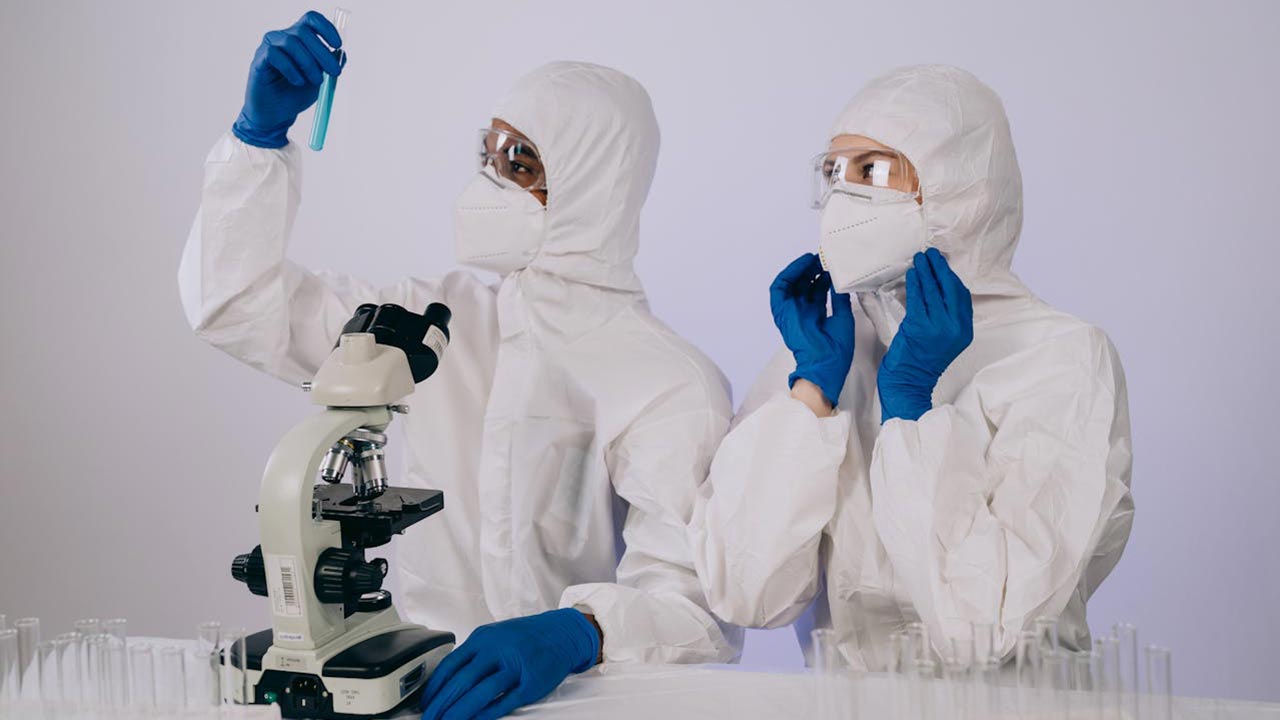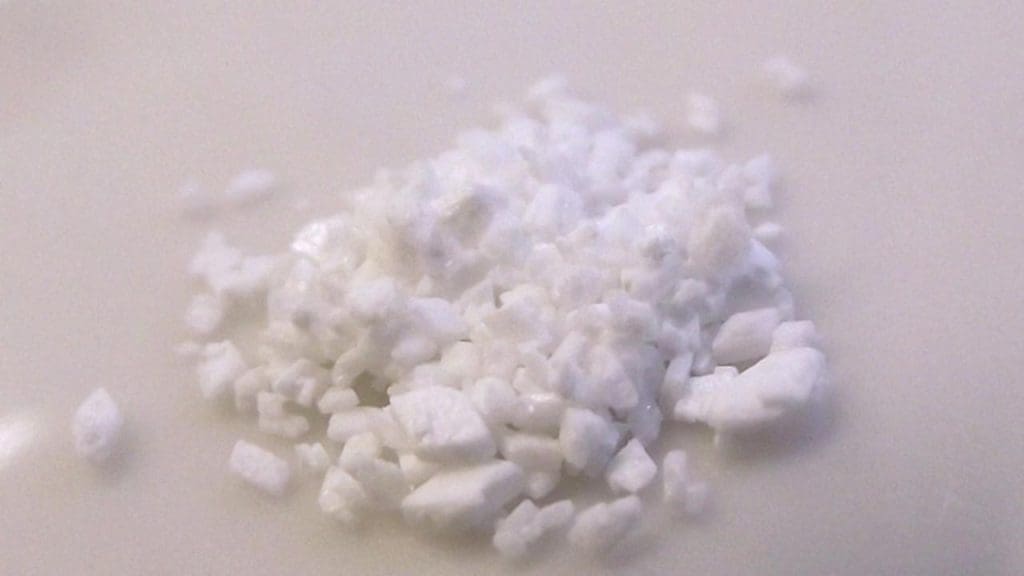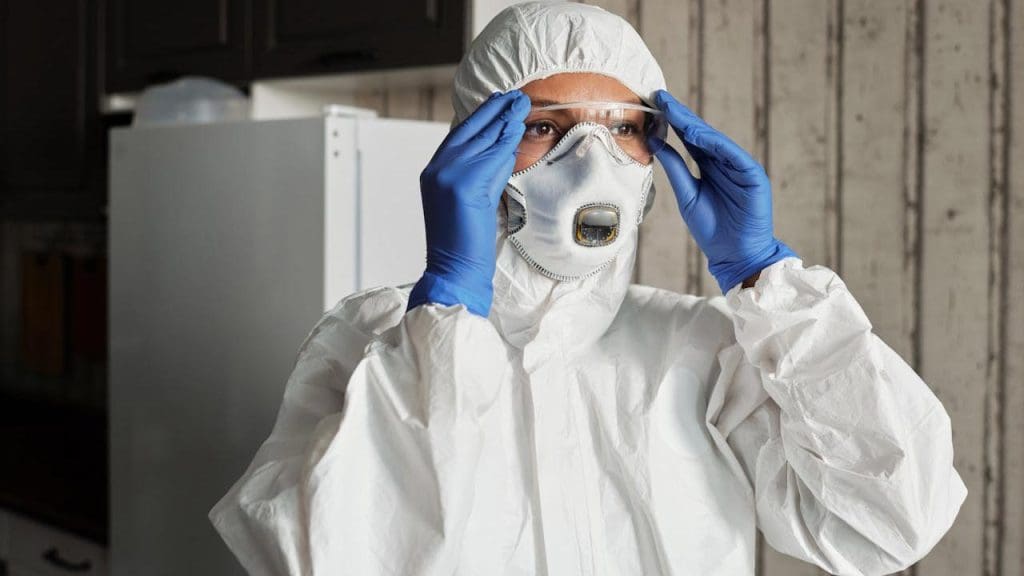
Scientific discoveries often spring from careful research and planned experiments. However, some of the most groundbreaking discoveries were made entirely by accident. From antibiotics to everyday household items, these serendipitous moments have shaped the modern world in unexpected ways. Let’s explore eight such accidental discoveries.
1. Penicillin

Penicillin, the world’s first antibiotic, was discovered by accident in 1928 by Alexander Fleming. Upon returning from a vacation, Fleming found that a mold had contaminated his petri dishes, killing the surrounding bacteria. This led him to identify the mold as Penicillium notatum, which produced a substance lethal to bacteria. This chance discovery revolutionized medicine, leading to treatments that saved countless lives. Curious about more breakthroughs? Check out this article on other accidental scientific breakthroughs.
2. Microwave Oven

The microwave oven was discovered in 1945 when Percy Spencer, an engineer working on radar technology, noticed a chocolate bar in his pocket had melted. Intrigued, he experimented further, placing popcorn kernels near the magnetron, a device that generates microwave radiation, and watched them pop. This serendipitous observation led to the development of the microwave oven, transforming how we heat food today. For more surprising inventions, visit this list.
3. X-Rays

In 1895, Wilhelm Conrad Röntgen was experimenting with cathode rays when he noticed a fluorescent glow coming from a nearby chemically coated screen. Intrigued, he placed various objects between the rays and the screen, discovering that they could pass through solid materials. This accidental discovery of X-rays revolutionized medical diagnostics, allowing for non-invasive internal imaging. Learn more about this and other historic discoveries from Live Science.
4. Vulcanized Rubber

Charles Goodyear accidentally discovered vulcanized rubber when he dropped a mixture of rubber and sulfur onto a hot stove in 1839. Instead of melting, the mixture charred but retained its elasticity, leading Goodyear to realize that heat-treated rubber was more durable and weather-resistant. This discovery paved the way for the widespread use of rubber in tire manufacturing and other industries.
5. Teflon

In 1938, chemist Roy Plunkett was experimenting with refrigerants when he stumbled upon a waxy, white substance that was surprisingly slippery. This accidental discovery was polytetrafluoroethylene, later branded as Teflon. Its non-reactive and non-stick properties have made it a staple in cookware and various industrial applications.
6. Saccharin

Saccharin, the artificial sweetener, was discovered in 1879 by Constantin Fahlberg. After a day in the lab, Fahlberg noticed that his dinner roll tasted unusually sweet. He traced the sweetness back to a chemical compound he had been working with earlier. This accidental discovery led to the development of saccharin as a sugar substitute, revolutionizing the food industry.
7. Post-it Notes

In 1968, Spencer Silver, a scientist at 3M, was attempting to create a super-strong adhesive but ended up with one that was remarkably weak. Years later, his colleague, Art Fry, realized that this low-tack adhesive could be used to create repositionable notes, leading to the creation of Post-it Notes. This accidental invention became a staple in offices and homes worldwide.
8. Safety Glass

In 1903, French chemist Édouard Bénédictus accidentally knocked a glass flask coated with plastic cellulose nitrate off a shelf. To his surprise, the glass cracked but did not shatter. This led to the development of safety glass, now used in car windshields and other applications requiring impact-resistant glass. For an insight into recent scientific breakthroughs, check out this article from The Week.